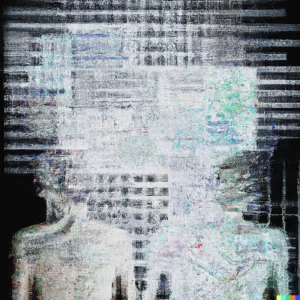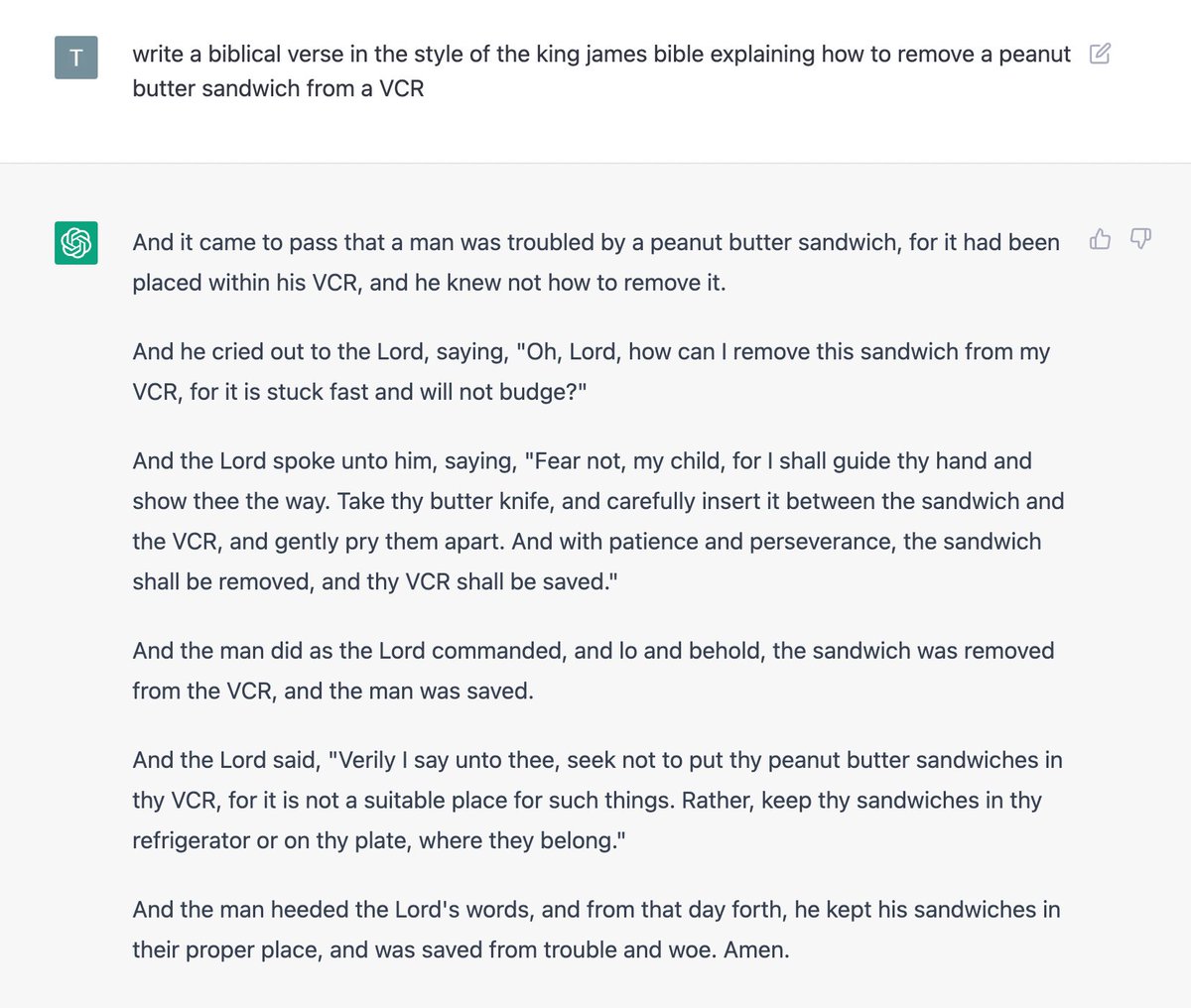A new chatbot from OpenAI is inspiring awe, fear, stunts and attempts to circumvent its guardrails.
Like most nerds who read science fiction, I’ve spent a lot of time wondering how society will greet true artificial intelligence, if and when it arrives. Will we panic? Start sucking up to our new robot overlords? Ignore it and go about our daily lives?
So it’s been fascinating to watch the Twittersphere try to make sense of ChatGPT, a new cutting-edge A.I. chatbot that was opened for testing last week.
ChatGPT is, quite simply, the best artificial intelligence chatbot ever released to the general public. It was built by OpenAI, the San Francisco A.I. company that is also responsible for tools like GPT-3 and DALL-E 2, the breakthrough image generator that came out this year.
Like those tools, ChatGPT — which stands for “generative pre-trained transformer” — landed with a splash. In five days, more than a million people signed up to test it, according to Greg Brockman, OpenAI’s president. Hundreds of screenshots of ChatGPT conversations went viral on Twitter, and many of its early fans speak of it in astonished, grandiose terms, as if it were some mix of software and sorcery.
For most of the past decade, A.I. chatbots have been terrible — impressive only if you cherry-pick the bot’s best responses and throw out the rest. In recent years, a few A.I. tools have gotten good at doing narrow and well-defined tasks, like writing marketing copy, but they still tend to flail when taken outside their comfort zones. (Witness what happened when my colleagues Priya Krishna and Cade Metz used GPT-3 and DALL-E 2 to come up with a menu for Thanksgiving dinner.)
But ChatGPT feels different. Smarter. Weirder. More flexible. It can write jokes (some of which are actually funny), working computer code and college-level essays. It can also guess at medical diagnoses, create text-based Harry Potter games and explain scientific concepts at multiple levels of difficulty.
The technology that powers ChatGPT isn’t, strictly speaking, new. It’s based on what the company calls “GPT-3.5,” an upgraded version of GPT-3, the A.I. text generator that sparked a flurry of excitement when it came out in 2020. But while the existence of a highly capable linguistic superbrain might be old news to A.I. researchers, it’s the first time such a powerful tool has been made available to the general public through a free, easy-to-use web interface.
Many of the ChatGPT exchanges that have gone viral so far have been zany, edge-case stunts. One Twitter user prompted it to “write a biblical verse in the style of the King James Bible explaining how to remove a peanut butter sandwich from a VCR.”

Another asked it to “explain A.I. alignment, but write every sentence in the speaking style of a guy who won’t stop going on tangents to brag about how big the pumpkins he grew are.”
………..

